Certainly! Here’s a more detailed exploration of how Thiago Motta might look to replace Dusan Vlahovic without needing a new signing. The focus will be on tactical adjustments, internal player development, and strategic reshuffling.
—Thiago Motta’s Solution for a Vlahovic Alternative
: A Tactical Masterstroks
lWhen a club loses a marquee player like Dusan Vlahovic, who was a consistent goal scorer and offensive focal point for Fiorentina before his move to Juventus, the immediate reaction is often to search the transfer market for a like-for-like replacement. However, Thiago Motta, currenty managing Bologna, could have a very different solution in mind: one that doesn’t require a new signing. Instead, Motta could look to modify his tactical system, trust in the development of current squad members, and reorganize his attacking setup to adapt to the absence of a traditional striker. This approach would not only preserve the club’s financial stability but also underline Motta’s tactical versatility and his ability to maximize the potential of the players at his disposal.
#### **1. Tactical Reconfiguration: Adapting the System**
One of the first responses to the loss of a key striker like Vlahovic is to consider system changes. Rather than rely on a single target man to spearhead the attack, Motta could opt for a more fluid and versatile forward structure. Instead of trying to replicate Vlahovic’s role directly, which might be an impossible task for a team without the financial muscle to bring in a high-caliber striker, Motta could switch to a system that plays to the strengths of his current squad.
##### **The False Nine and Fluid Forward Play**
One possible system adjustment would be the introduction of a **false nine** — a forward who drops deeper into the midfield, thereby dragging defenders out of position and creating space for wingers or attacking midfielders to exploit. This approach was famously utilized by Barcelona under Pep Guardiola, with Lionel Messi playing the role. For Bologna, a player like **Marko Arnautovic** could be the ideal candidate for this role. Arnautovic, with his blend of size, strength, and technical ability, can both hold up the ball and drop deeper into midfield to link play. His versatility in moving across the front line would allow Motta to avoid the problem of being overly reliant on a traditional target man.
A false nine formation would also allow Bologna to press higher up the pitch and counter-attack more effectively. This style of play can make Bologna more dynamic and unpredictable in attack. Additionally, the absence of a focal point in the box would not reduce the team’s goal-scoring potential, as attacking midfielders and wide players can fill the void left by the striker, making runs into the box in an unpredictable manner.
##### **The 4-3-3 or 4-2-3-1 Formation**
Another formation that Motta could favor is a **4-3-3** or **4-2-3-1**, where the central forward isn’t a traditional number 9 but rather a more mobile and technically adept player who can drift across the front. This would allow Bologna to have an attacking setup that focuses on speed, quick passing, and off-the-ball movement rather than crossing into the box for a dominant center forward to finish. In this case, **Musa Barrow** could be used as the central forward, with his pace and dribbling ability creating problems for opposing defenders. His role would be less about holding the ball up and more about running into channels and making darting runs into the box.
Wingers like **Riccardo Orsolini** and **Joshua Zirkzee** could also thrive in a system like this, where they can cut inside, create overloads in the final third, and provide support for a more fluid and attacking approach. Motta could use their speed and creativity to break down defenses that would otherwise be focused on neutralizing a central striker.
#### **2. Internal Player Development: Promoting the Next Generation**
Motta has a strong track record of developing young talent and giving them a platform to thrive. Bologna has some promising attackers who, with the right guidance and tactical freedom, could step up and share the offensive burden left by Vlahovic’s departure.
##### **Marko Arnautovic: The Experienced Leader**
While Arnautovic is far from a replacement for a player of Vlahovic’s stature in terms of pure goal-scoring ability, the Austrian international could be asked to take on a more central role in the team. With experience in top leagues like the Premier League and Bundesliga, Arnautovic brings leadership and a physical presence that can help anchor the attack. His ability to drop deeper and link play would be crucial in a tactical setup that prioritizes fluid movement, much like how Vlahovic operated in the Fiorentina setup under Vincenzo Italiano.
Arnautovic has also shown that he can operate as a secondary striker or a wide forward, which makes him adaptable for a range of offensive systems. If Motta were to use him as a central forward in a 4-3-3 or 4-2-3-1 setup, Arnautovic could bring a blend of aerial presence and playmaking to the team, even if he’s not the type to score 20+ goals per season.
##### **Musa Barrow: The Pacey Forward**
One of Bologna’s most exciting prospects, **Musa Barrow**, has shown glimpses of his quality, but consistency has been an issue. With the departure of a focal point like Vlahovic, Barrow could be tasked with leading the line or playing a more central role in a fluid attacking setup. His pace and ability to dribble past defenders make him a threat on the counter-attack, and he could develop into a more well-rounded striker under Motta’s guidance. Barrow would not only be expected to finish chances but also contribute to the buildup play and stretch defenses with his movement.
##### **The Role of Creative Midfielders**
In the absence of a direct Vlahovic replacement, Bologna’s **attacking midfielders** could step up to fill the void in goal-scoring. **Nicolás Domínguez**, for instance, has shown flashes of creativity in his passing and ability to arrive late into the box. Motta might ask his midfielders to be more involved in offensive actions, contributing more directly to goal-scoring rather than merely creating opportunities. This would mean a more expansive role for Domínguez, **Jerdy Schouten**, and possibly even **Roberto Soriano**, all of whom have the technical ability to influence play and make key passes in the final third.
#### **3. Pressing and Counter-Attacking Football**
One of the hallmarks of Motta’s coaching philosophy is his commitment to high pressing and quick transitions. If Bologna were to lose a goal scorer like Vlahovic but still maintain a high level of intensity, they could become a formidable counter-attacking side, with pace and technical players thriving in open spaces. Without the need for a traditional focal point, Bologna could employ a high-energy pressing game, disrupt opposition buildup, and capitalize on turnovers to create quick offensive transitions. This style would rely less on traditional target men and more on exploiting gaps and creating overloads in attack.
#### **Conclusion: A Tactical Revolution Without a New Signing**
In the modern game, the reliance on one central striker has diminished in favor of more versatile attacking setups. Thiago Motta’s tactical flexibility and ability to adapt his system could provide Bologna with a sustainable alternative to replacing a key player like Vlahovic. Rather than turning to the transfer market for a new signing, Motta could maximize the potential of his existing squad by adapting his formation, developing young talent, and encouraging a fluid, collective approach to attacking football. The result could be a team that is not just a replacement for Vlahovic but a more dynamic, unpredictable offensive unit that can thrive in multiple attacking scenarios.
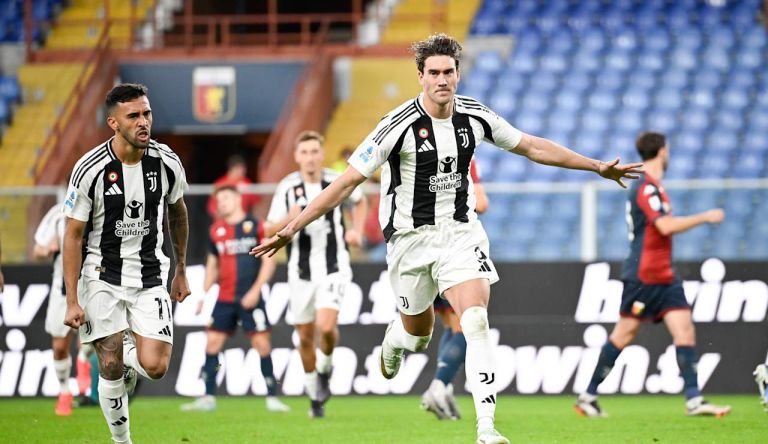

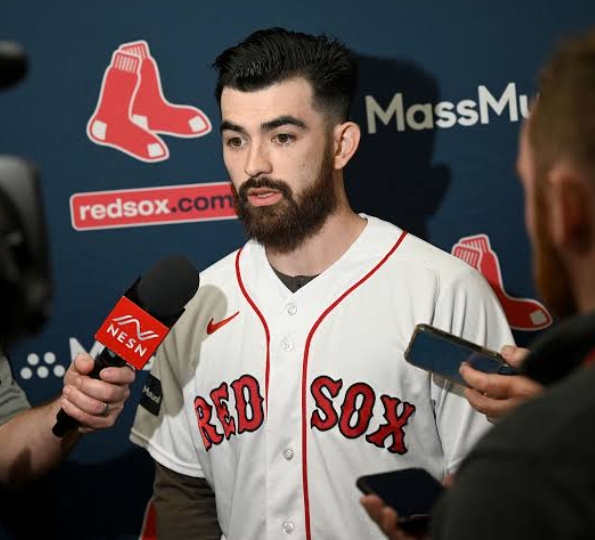
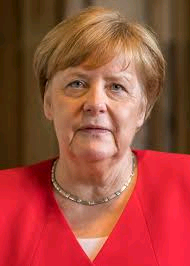
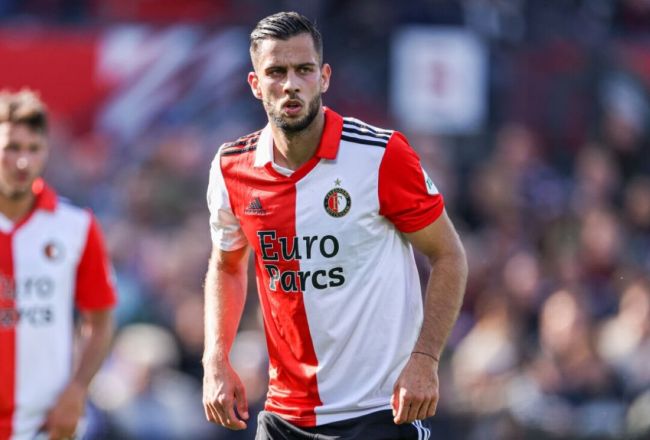
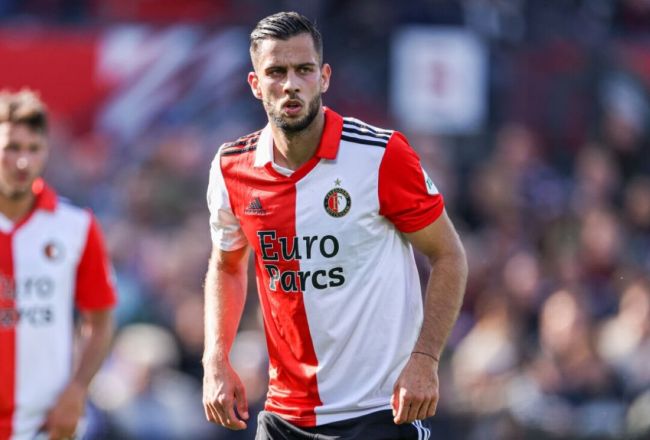
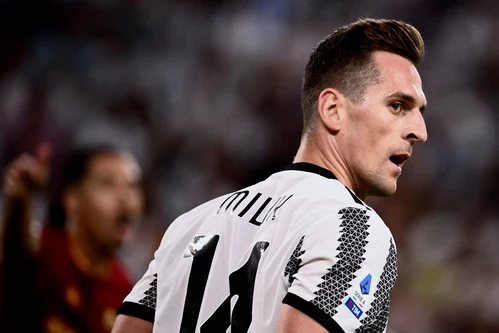

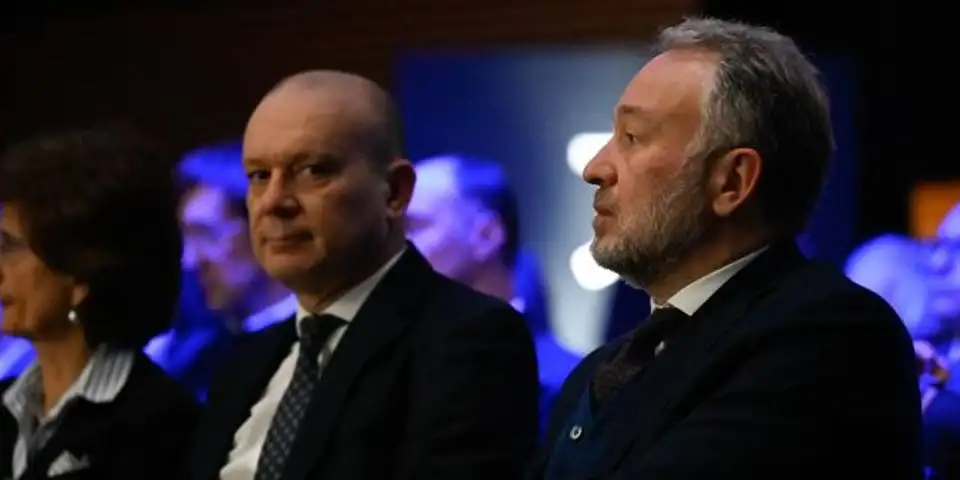

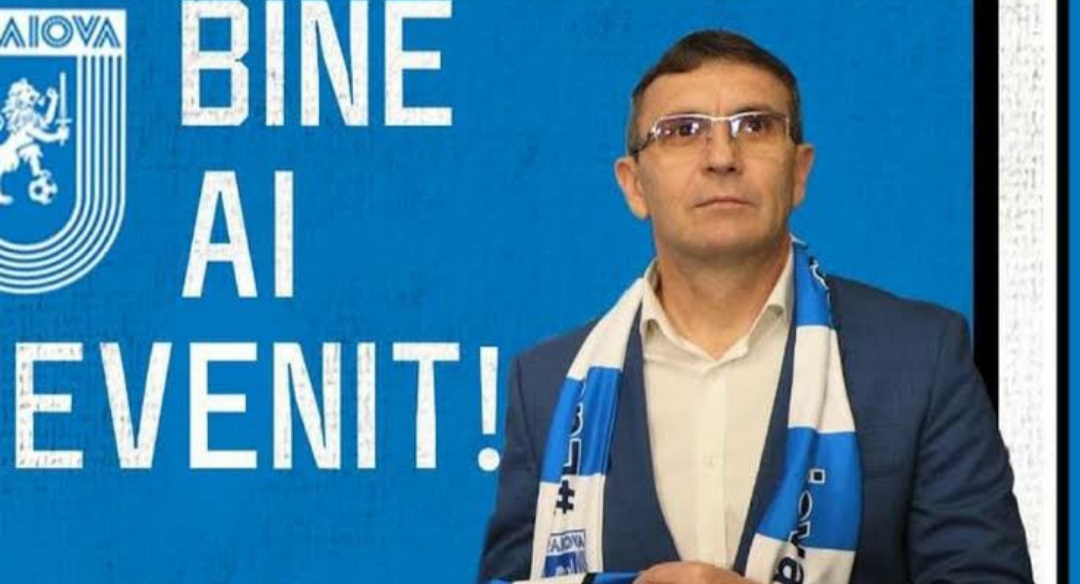

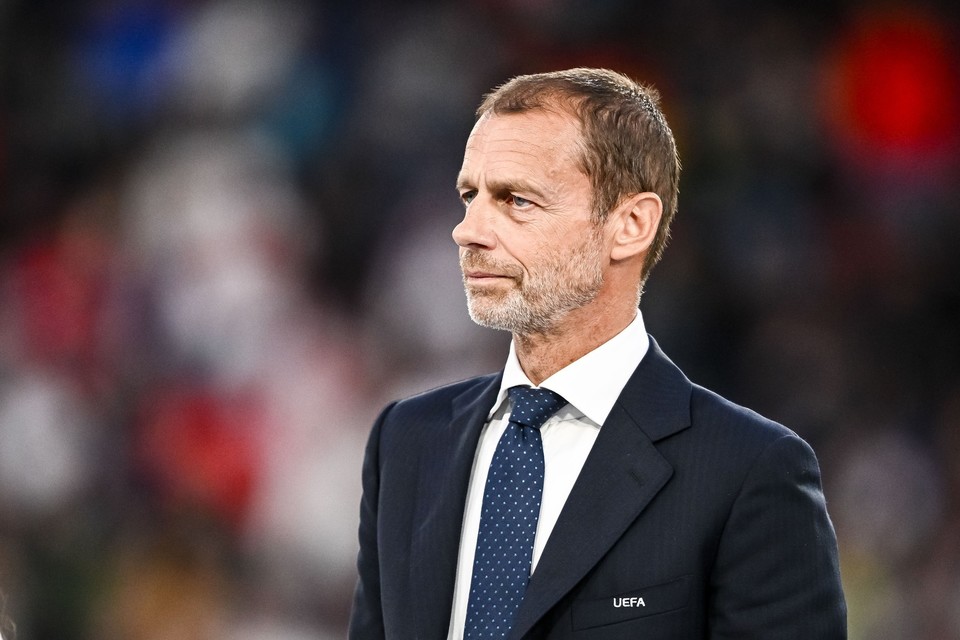
Leave a Reply